- Home
- slideshows
- miscellaneous
- I worked in retail for 6 years, and these are the subtle ways clothing stores get you to spend more money
I worked in retail for 6 years, and these are the subtle ways clothing stores get you to spend more money
They place their top sellers at the front of the store.

They keep less stock on the floor.
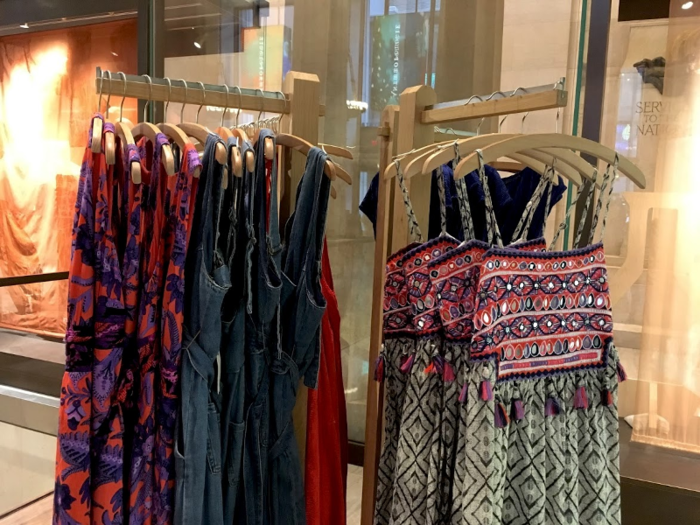
While H&M and Zara keep their racks jam-packed, many retailers believe less is more. If they have fewer items on the floor, you'll likely assume they have less stock in the back — and hurry to buy your size before it sells out.
Sale signs can be deceiving — but they're not wrong either.
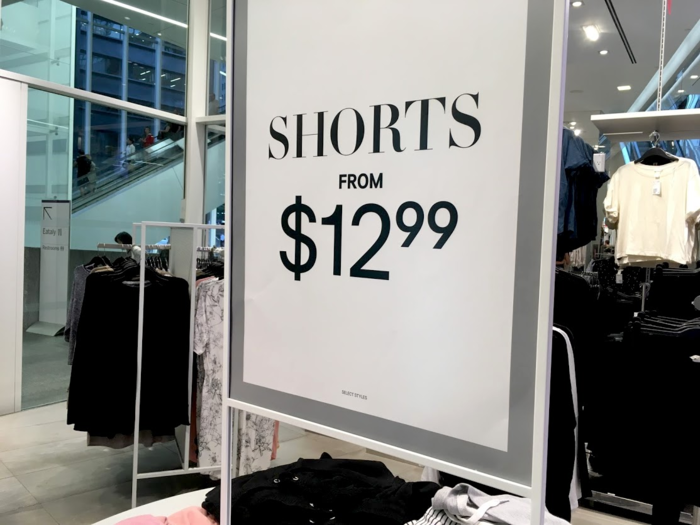
Look carefully at signs advertising huge markdowns in large font. They will most likely have phrases like "starting at," "from," "up to," or "select styles" in fine print. That could mean the promotion only includes a couple items on that entire rack, but it likely gets you to look through it all anyway.
According to the Federal Trade Commission, an advertisement is considered deceptive if "it causes or is likely to cause substantial consumer injury which a consumer could not reasonably avoid, and it is not outweighed by the benefit to consumers."
A sale sign is unlikely to cause much harm to a customer, but it can still be frustrating. I've dealt with many angry customers who were convinced a large percentage followed by an asterisk and fine print was illegal.
They sell products in sets.
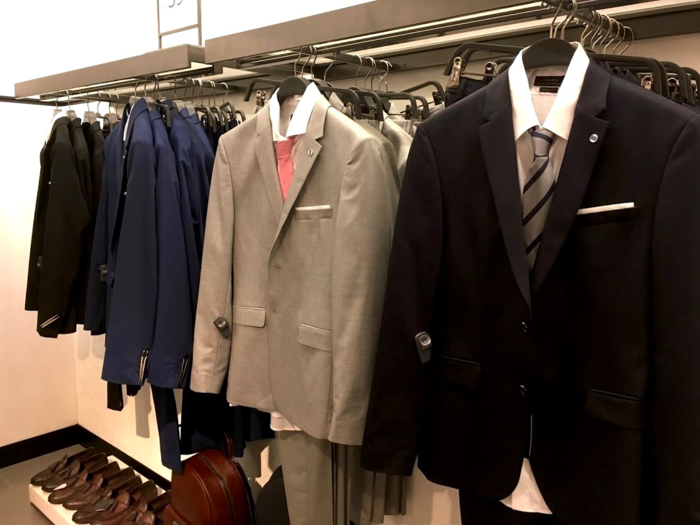
Companies know that if a customer loves one item, they're more likely to buy another item that matches or complements it. This is called "cross-selling."
Clothing brands use the strategy a lot with the patterns and textiles they choose — you'll often see the same exact floral print on a pair of pants, a top, a jacket, and a skirt. If you fall in love with the pants, you'll probably want the top, too.
The same goes for athletic wear or a handbag and matching wallet.
They get you to slow down with "speed bumps."
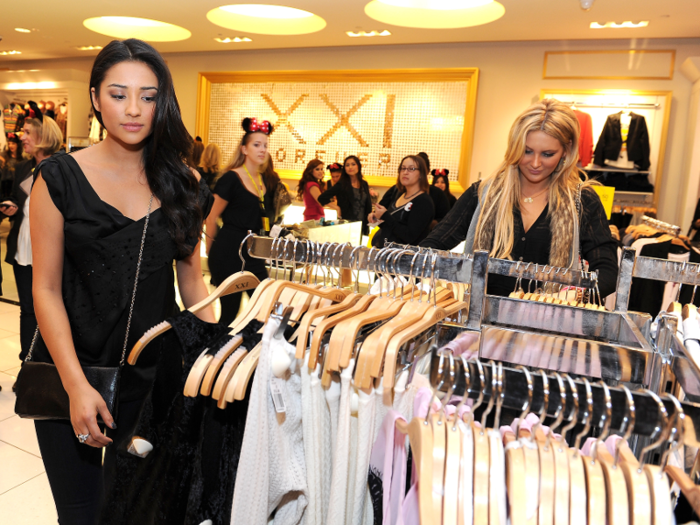
If you've ever wondered why an aisle feels crowded with just a few people, it's not accidental. Stores will place what visual merchandisers call "speed bumps," like tables or racks, that jut out from the aisle to get customers to slow down. The last thing they want is for someone to be in and out within a couple minutes, so they arrange tables and displays to obstruct the natural walking flow of the floor plan.
The slower you walk, the more items will catch your eye.
They display products in outfits or "groupings."
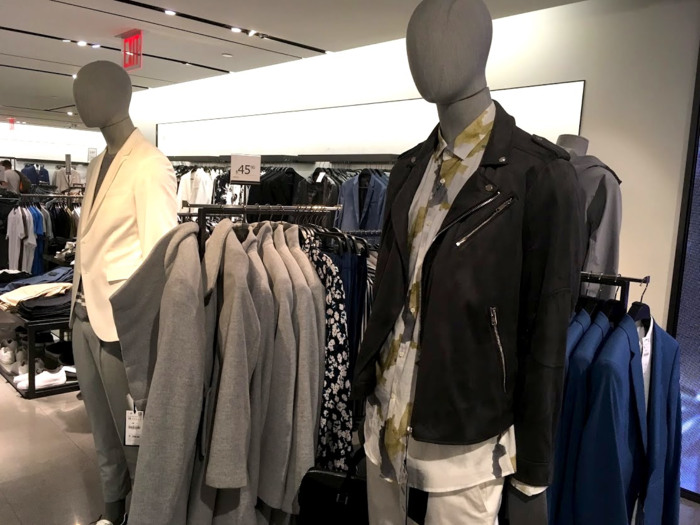
You'll rarely see a mannequin displaying just one item. Stores want you to picture how you could style their products, then buy all of the pieces instead of one. So they layer pieces and add accessories to make a look more relatable. On racks, they'll often alternate tops and bottoms, or "groupings," instead of only hanging like pieces together.
Every brand has carefully cultivated its own formula, so to keep it consistent across locations, corporate offices send out handbooks with placement and styling instructions for sales associates to follow.
They make it "personal."
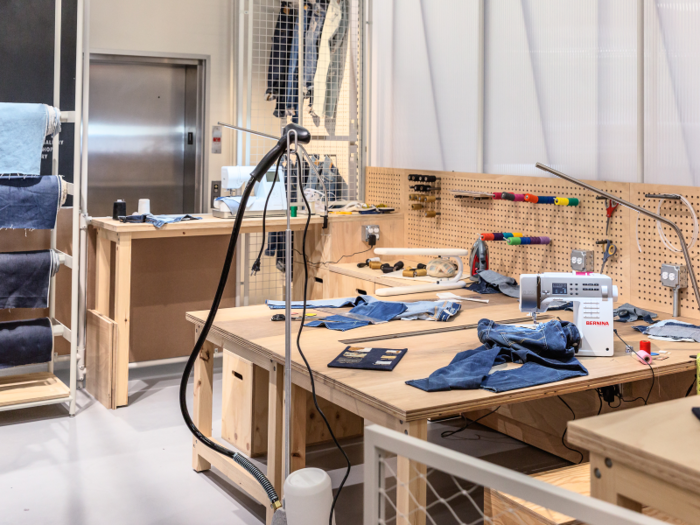
More than ever, stores are using personalization as a selling point because they know that customers love ownership and branding. Even if thousands of the same jacket are manufactured, the customer will take pride in it when it bears their name, initials, or a unique design.
Even if you're not looking for a personalized product like a monogrammed handbag or an embroidered jacket, a salesperson may point you to one that can be personalized. They'll tell you that a watch with interchangeable straps is more versatile than one with normal straps, or that debossing a leather wallet will make a gift more special. They may run a promotion that allows customers to receive free embroidery with a pair of jeans or a jacket they purchase.
They exaggerate the thickness of products.
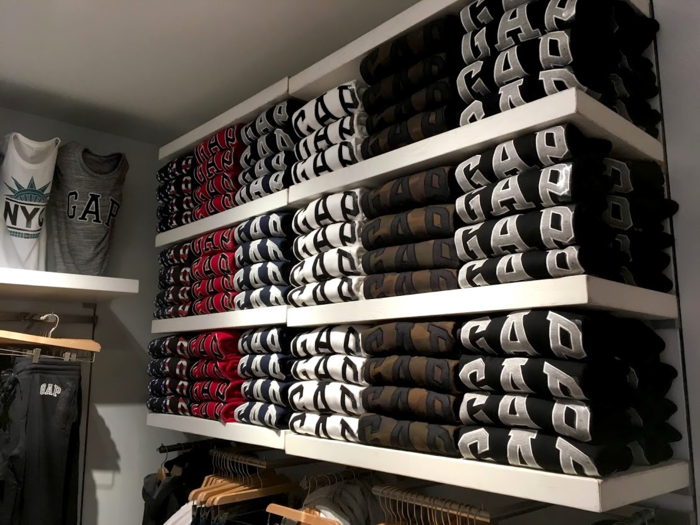
Customers are not attracted to flat or empty clothing displays. That's why when I worked at PacSun and Scotch & Soda, we had very specific instructions for folding shirts and stacking jeans.
At the latter company, we were told that stacks should look "like books," so we would shake pants and shirts out often, fold them to look as thick as possible, and would do an entire stack over again if they weren't thick enough.
They hype up the popularity of an item.
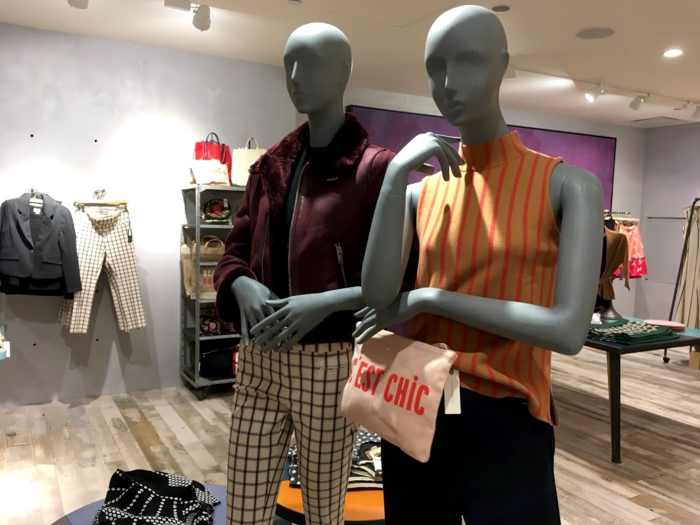
One of the strategies I was told as an associate at Ralph Lauren's now-defunct Denim & Supply store was to tell customers that a particular pair of jeans was Lauren's "favorite" and that it was our "most popular" wash.
Most companies really do research their most popular styles in depth — that's also how they determine production and restock numbers. But a sales associate will often run with that information, either telling a customer they should buy an in-demand product before it runs out, or pegging the customer as a major trend follower who will immediately grab the pieces that are "hot this season."
Employees may be competing for prizes.
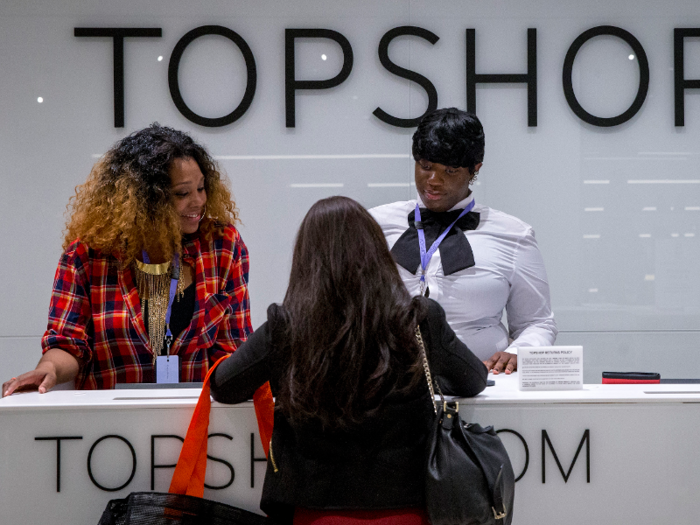
Most retailers hold competitions for their employees to win cash bonuses or free products. If your salesperson seems overly eager to help you, they may be competing with their colleagues for the most sales or highest UPT (units per transaction).
So while a friendly sales associate is trying to help you, keep in mind that they're also keeping a tally of the number of items you're considering, the price points of each one, and thinking of ways to maximize your total.
They place their sale section close to the fitting rooms.
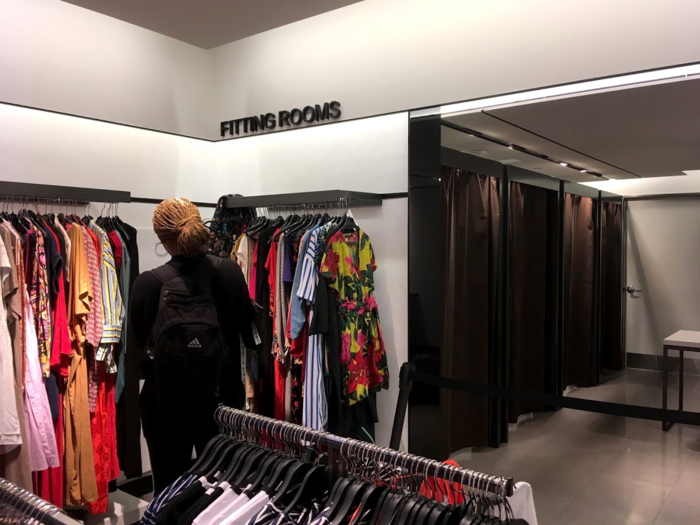
Most stores keep their sale or clearance section at the back of the store, right by the fitting rooms, so that customers are enticed by the discounts to add more to an already heavy armful.
When sale items are placed at the front of the store, customers are more likely to browse those racks first, bypass all the full-price items, and head straight for the fitting rooms.
They suggest "add-on" items.
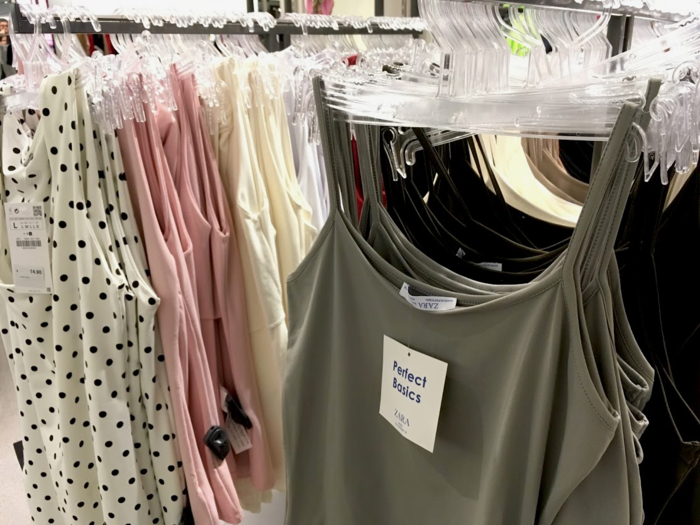
While a sales associate directs you to a fitting room, they may add a basic like a t-shirt or undergarment to your dressing room.
They'll likely say it will help you try your item on, to see how it looks with something similar to what you may already have, but with the hope that you'll add it to your purchase.
They make dressing rooms without mirrors.
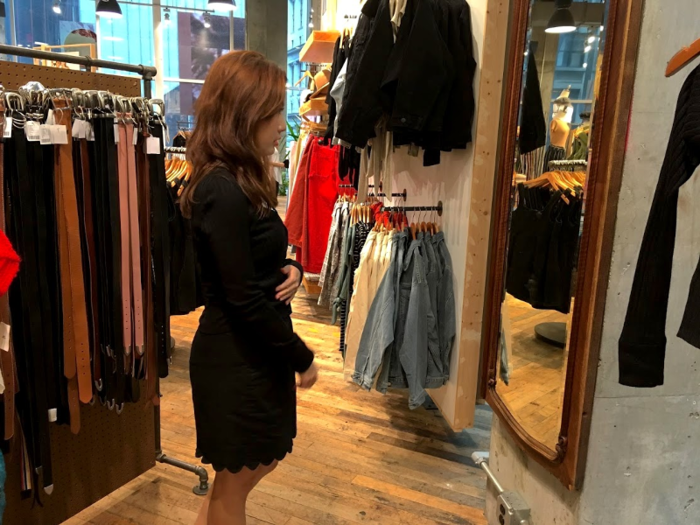
Some stores place mirrors outside the dressing room, rather than inside, so sales associates can talk you into a purchase and offer suggestions.
When I worked at Scotch & Soda, the fitting rooms were 360 degrees of curtains, and customers had to step outside to look in the mirror. It gave us stylists touchpoints to check in, ask the customer what they thought, help with sizing, and most importantly, compliment the customer and boost their ego.
Most stores do have mirrors inside the dressing rooms, but the mirrors with the best lighting are out on the floor.
They can be very vague about upcoming or future sales.
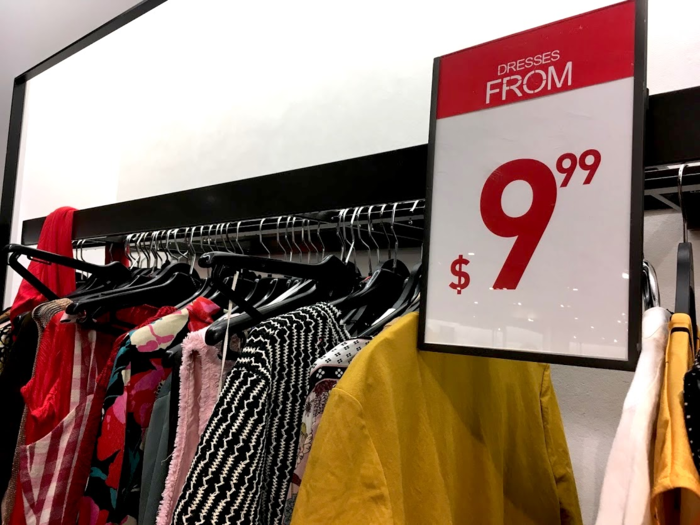
Nine times out of 10, sales associates know when sales or markdowns are coming (or at least a general idea, if not the exact date). But stores want you to buy now, at full-price, so they'll be vague if you ask when they're having their next sale.
If they do tell you when to expect a sale, they may use that as a further selling point and tell you to grab your size or color now before it runs out.
They create an environment to "hang out."
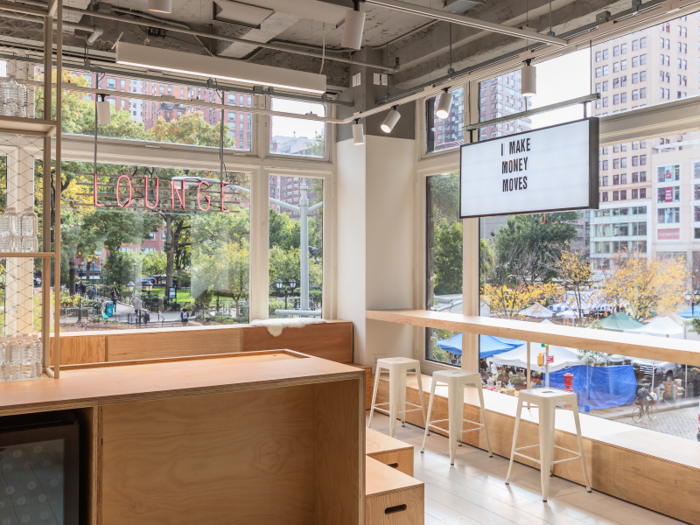
Companies are facing more stress than ever to not only get customers into their stores, but to offer them an experience worth staying a while. A sitting area with plush leather couches used to suffice in Abercrombie's heyday, but now stores have upped the ante.
Design elements like neon lights and tropical wallpaper are Instagram bait. Luxury stores like Theory have added in-store coffee shops. American Eagle wants their AE Studio in Union Square to be a hang-out spot for NYU students by offering free laundry, a study space, and drinks.
This tactic seems like just another way stores get you to buy — the longer you stay, the more likely you are to spend. But there's also a long-term goal: brand loyalty. Brick-and-mortar is a risky asset for most companies, so many view their stores as an experience-based opportunity to keep their brand on customers' minds, whether they buy in-store or online.
Popular Right Now
Popular Keywords
Advertisement